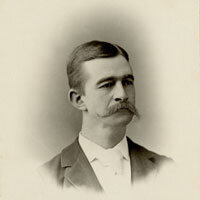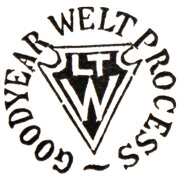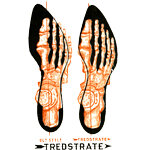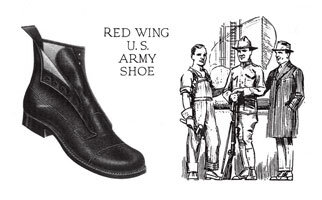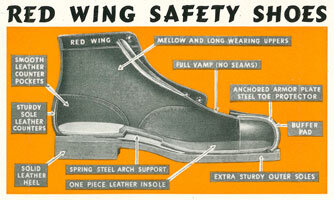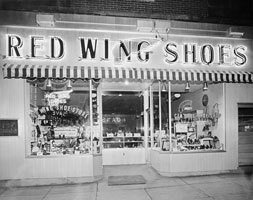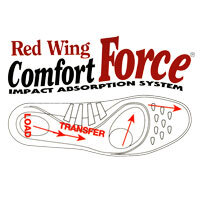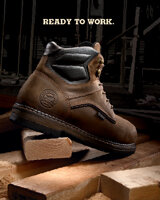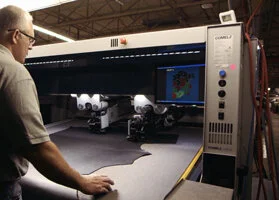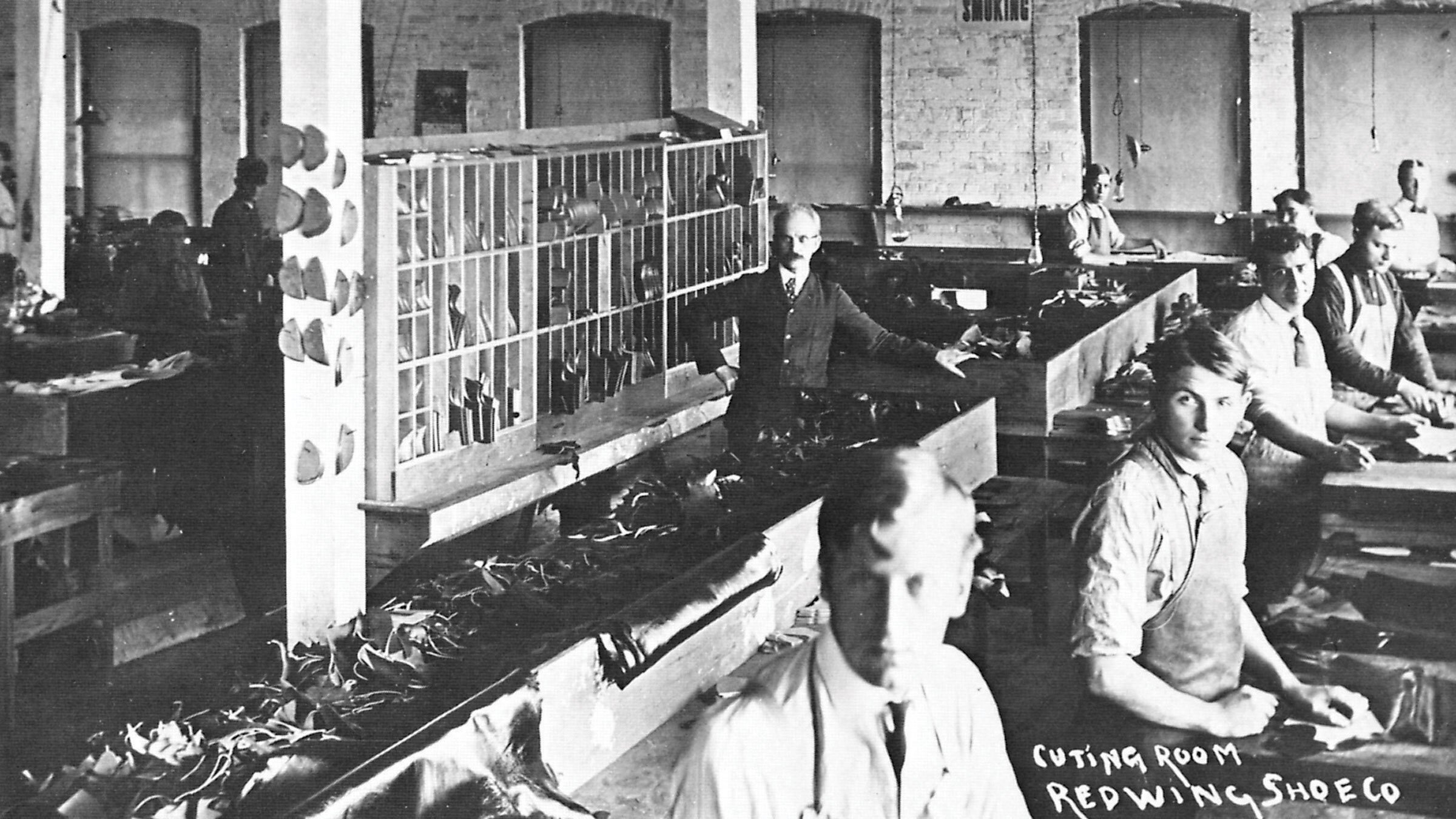
1900-1924
—
1905
The Beginning: In February, 1905, Charles Beckman and 14 other local Red Wing business investors organize the Red Wing Shoe Company. The first boots and shoes feature “pegged-and-nailed construction,” the industry norm. Quality and craftsmanship set Beckman’s shoes apart and it’s our guiding principal that continues today.
1909
Welt Construction: Red Wing Shoe Co. begins manufacturing shoes using stitched-sole construction. Known as welting, this results in a much stronger bond between the shoe upper and sole.
1910
Comfort: Tredstrate shoes are introduced, featuring a manufacturing advance that improves fit and comfort. These shoes are built around a mold, also known as a “last,” that more closely represents the shape of a foot.
1914
Family Ownership: JR Sweasy is hired as superintendent, and by 1919 he becomes the first of four generations of the Sweasy family to own and operate the Red Wing Shoe Company.
1917
WW I: Red Wing makes footwear for WWI soldiers using the popular “Munson Army Last.”
1920
Footwear for Oil Fields: The Oil King (#804) makes an imprint in the oil fields of Texas, and Red Wing soon becomes a fixture in the oil and gas industry. Workers everywhere benefit from Red Wing’s purpose-built footwear for demanding jobs.
1921
Recreational Footwear: New styles are introduced and marketed specifically for hunting.
1923
First branch office: A branch office and warehouse opens in Dallas, Texas, to meet growing business needs in the southwestern United States.
1925-1949
—
1926
Women’s Footwear: The Gloria debuts as the first recreational footwear made specifically for women and quickly becomes a top seller.
1928
Safety Footwear: Footwear specifically designed for occupational safety is introduced for heavy industry. This helps establish Red Wing as one of the best-known safety footwear manufacturers.
1934
Steel Toe Footwear: Style #234 becomes the first product to feature a protective steel toe, a significant advantage for workers in heavy industry.
1938
Insole Innovation: Sweat-proof insoles absorb perspiration and allow it to evaporate later, resulting in reduced cracking and curling of insoles.
1942
WW II: Paratrooper boots are produced for the U.S. military under the label “Skytroopers.”
1949
Family Legacy: WD “Bill” Sweasy, son of JR Sweasy who led the company for 35 years, becomes president.
1950-1974
—
1950
Irish Setter Sport Boots: Hunting boot style #854 becomes the first of many boots known as “Irish Setter.” The boot features a distinctive russet red leather, a color that calls to mind a beloved hunting companion.
1950
Wholesale Distribution Efficiency: At a crossroads of western train and truck routes, the company opens an office in Salt Lake City, Utah. The branch handles orders, correspondence and bookkeeping for the western sales territories, as well as daily shipment of boots and shoes from its warehouse.
1952
First Retail Store: The manager of the Salt Lake City branch, Harold Packwood, develops the idea for a concept store that exclusively sells Red Wing Shoes. The first Red Wing Shoe Store opens in Salt Lake City in 1952.
1955
Corporate Responsibility: The commitment to give back to the community is solidified with the establishment of the Red Wing Shoe Company Foundation.
1962
International Business: Worn in the oil fields of Libya, Red Wing boots are in great demand in this area of the world. As a result, Red Wing Shoes launches its international division.
1963
First Mobile Shoe Truck: Expert fitting comes directly to the job site with Red Wing’s first mobile shoe truck.
1964
Manufacturing Growth: Construction begins on a second factory, Burnside Plant 2, in the city of Red Wing, Minnesota with state-of-the-art manufacturing technology.
1964
Vasque Brand: The Vasque brand launches under the “Voyaguer” name to reach a new market-hiking, backpacking and climbing.
1965
Expansion to Garment Industry: Red Wing begins selling head-to-toe personal protective equipment along with footwear to international distributors.
1975-1999
—
1977
Urethane Sole Technology: Later called the SuperSole, this new technology joins blown urethane directly to the shoe. Offering superior durability, improved foot cushioning and flexibility, and added oil resistance, SuperSole soon becomes the industry-leading work boot platform.
1977
St. James Hotel: As part of a long-standing commitment to community investments, Red Wing Shoe Company purchases and renovates the historic St. James Hotel in Red Wing, Minnesota.
1984
Sundowner Hiking Boots: Designed with minimal stich lines, the Vasque Sundowner reduces potential friction spots between the boot and a hiker’s foot. The boot quickly becomes a legend in the hiking community.
1985
Family Heritage: WJ “Bill” Sweasy becomes president of the company, making Red Wing Shoe Company one of the few remaining owner-operated American shoe companies.
1985
Sustainable Construction: From the beginning, quality construction of Red Wing Shoes has enabled product to be re-soled and last longer. In response to growing customer demand, a shoe repair shop opens in the factory.
1986
Leather Supplier Joins RWSC: SB Foot Tanning Co. becomes a wholly owned subsidiary of Red Wing Shoe Company.
1987
Waterproof Innovation: Red Wing continues to lead the industry with innovative technology by developing the Double Boot, consisting of a waterproof outer boot and an insulated, waterproof inner bootie that ensured warm, dry feet.
1994
Manufacturing Growth: Manufacturing operations expand with the purchase of a facility in Potosi, Missouri.
1995
Innovative Comfort Design: The ComfortForce system improves comfort through advances to the sole of the footwear, and through a unique removable footbed. The ergonomic design provides support, flexibility, and comfort in demanding work environments.
1997
WORX Brand: The launch of the WORX brand creates a value-priced footwear option for light duty work environments.
2000-Present
_
2001
SuperSole 2.0: The second generation of our famous SuperSole product line, its unique dual density construction combines a soft, cushioning interior with a tough outer skin. The combination yields all-day comfort with long lasting durability.
2005
Centennial Milestone: Red Wing Shoe Company celebrates its 100th anniversary with the construction of the world’s largest boot, size 638 ½ D.
2007
Shared History of Classic Style: Red Wing Heritage for men launches with a collaboration with J. Crew featuring boots inspired by 20th century working men’s footwear.
2011
Irish Setter Work: Irish Setter expands the brand to include work footwear, driving demand for product in farm channels and specialty accounts.
2012
Manufacturing Automation: State-of-the-art technology equipment is installed at Plant 2. The first auto cutter machine arrives in 2012 followed by the auto stitcher in 2016.
2013
Red Wing Aberdeen: Red Wing gains a strong physical presence in key global oil centers by acquiring long-time partner, K&L Ross in Aberdeen, Scotland.
2016
A Legacy of Craftsmanship: Allison Sweasy Gettings, great-granddaughter of JR Sweasy, launches Red Wing Heritage for women with footwear inspired by the archives and crafted with timeless design.
2017
Environmental Steward: RWSC commits to using solar energy with signing a 25-year contract to power all Red Wing, Minnesota facilities by solar power.
2019
Sustainable Technology: Red Wing Shoes leads the safety footwear industry by introducing a footbed made from algae biomass which reduces dependencies on non-renewable resources.
2023
First woman CEO: Allison Gettings serves as CEO of RWSC. She is the fourth generation of the Sweasy family to serve in this role, and the company’s first female CEO.

